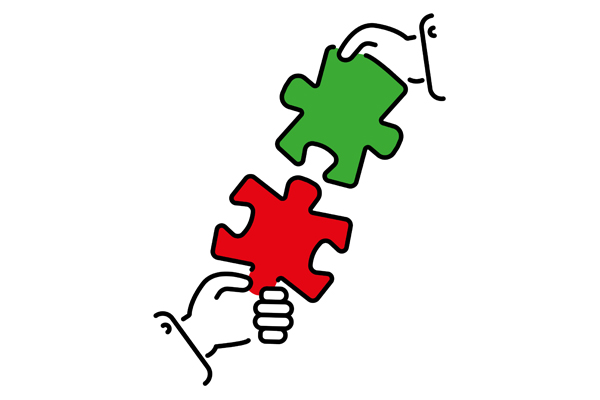Osteopaths are people who want to help other people. We care about your symptoms and want to help you to get better. We have the training and experience to help relieve pain, stiffness and many other symptoms – and we have a range of different skills and treatment approaches to suit the preferences of every individual.
We never assume, however, that we know the *best* way to help you. We may have *ideas* about how we can help you, but we put these aside so that we can understand your expectations, preferences and choices about osteopathic care. This means we can jointly design a treatment plan that is going to meet your needs.
This approach is called ‘Shared Decision-Making’. It means that we take the time to find out about your priorities at the start of your consultation. We listen to you. We ensure you understand and consent to the stages of the consultation (conversation, assessment, diagnosis, plan and treatment) and that you have the opportunity to ask questions throughout.
Shared Decision-Making means that we work together to plan the best way to address your symptoms and your recovery. When we have assessed and diagnosed the cause of your symptoms, we discuss treatment options with you, explain the benefits and risks of each of these, and support you in making the choice that will best meet your needs.
Examples of treatment plans based on Shared Decision-Making include:
* You visit us with pain following a recent sports injury and we agree on some osteopathic treatment whilst also discussing self-care advice for you to try at home.
* You come with a long-standing set of symptoms, such as pain and pins and needles, and we agree to try some osteopathic treatment whilst also sending a referral letter to your GP.
* You have a complex set of symptoms and seek our advice. We focus on understanding the cause of your symptoms through a detailed and thorough assessment, and we discuss options for osteopathic treatment. You decide to have a think about the options we have offered you and come back for treatment the following week, after discussing these options with a family member.
Shared Decision-Making also means that you can choose from a range of osteopathic treatment approaches. You may prefer a very direct and dynamic hands-on treatment approach, or you may prefer to be given exercises and ergonomic advice. You may prefer the more gentle hands-on approaches that we call “functional” and “cranial”. You may wish to try one style of treatment, but then move onto another approach. We explain to you what approaches we can offer to you, and their benefits and possible side-effects, and you can choose.
Shared Decision-Making means we support you to make choices that help you back to health.

